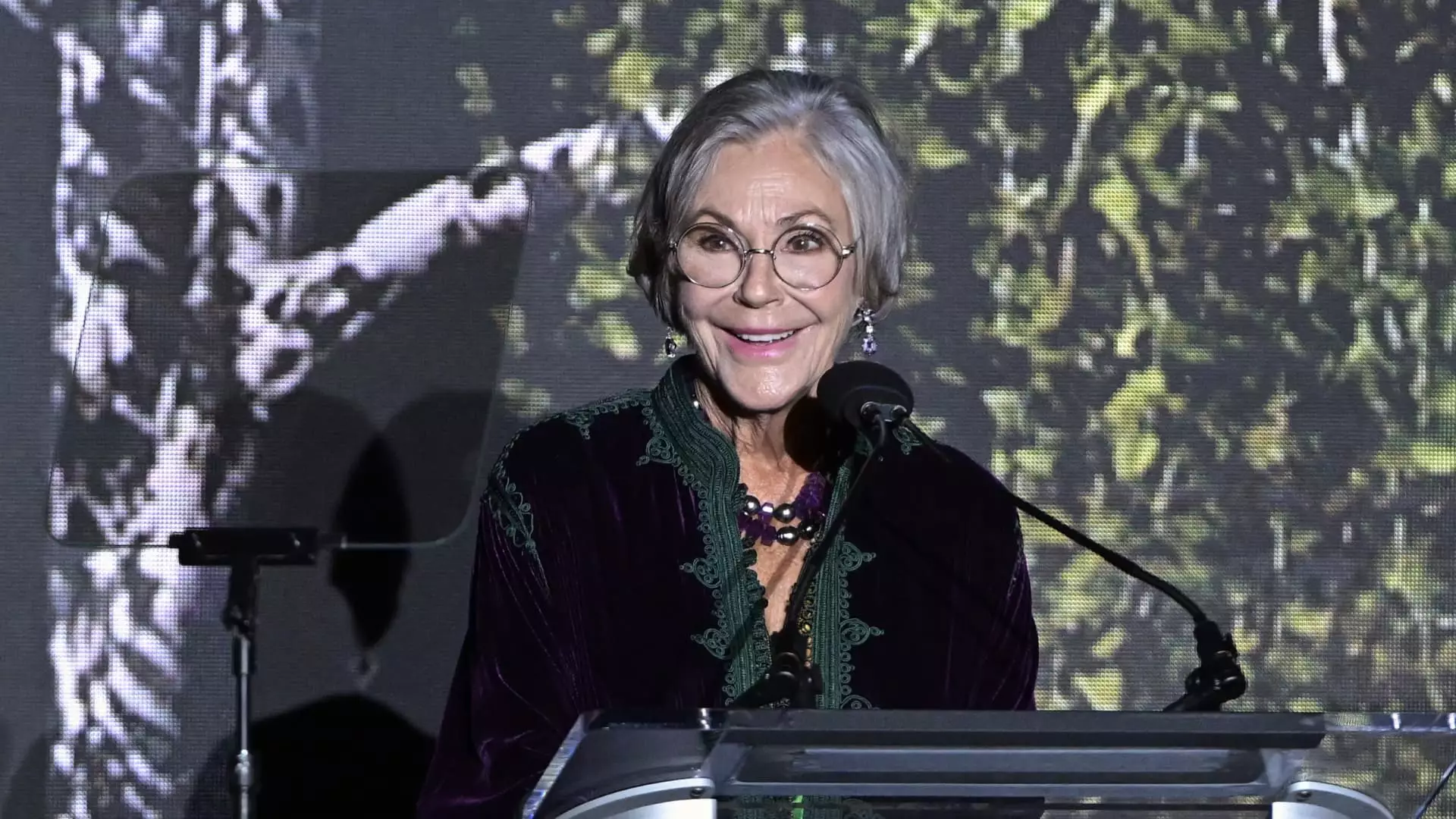In recent years, the landscape of wealth distribution has undergone a significant transformation, particularly in terms of gender representation among the ultra-wealthy. According to the Altrata Billionaire Census, women now constitute approximately 13% of the global billionaire populace, equating to around 431 individuals out of a total of 3,323 billionaires. While this figure may seem minuscule in the grand scheme, it represents a vital trend: the steady increase in the number of female billionaires and their influence on both the economy and philanthropy. This article dives deep into the key drivers of this evolution and its implications for the future.
One of the most striking aspects of this shift is the role of inheritance in the accumulation of wealth among female billionaires. A staggering 75% of women in this elite financial class have inherited at least a portion of their wealth. Among them, 38% have received their entire wealth through inheritance. This contrasts sharply with male billionaires, where only about 5% can claim a fortune solely based on inheritance. The lore surrounding wealth accumulation traditionally celebrates self-made billionaires, but in the case of women, the statistics tell a different story.
Interestingly, the surge in female billionaires is not solely a result of passive inheritance. Over the last decade, increased entrepreneurship among women and changing cultural attitudes toward women’s roles in business have begun to reshape this narrative. This dual phenomenon, where both inherited wealth and self-made fortunes converge, indicates a significant transition in the conventional understanding of wealth generation.
Looking ahead, the anticipated transfer of wealth from one generation to the next—often referred to as the Great Wealth Transfer—could add further momentum to the feminization of billionaires. Projections suggest that women are poised to inherit up to $30 trillion in the coming decade. This overwhelming wealth transfer will likely enhance women’s financial clout and influence in various sectors, including philanthropy, governance, and entrepreneurship.
Different attitudes towards giving also define the philanthropic landscape among billionaires. Female billionaires exhibit a pronounced inclination toward social causes and nonprofit organizations compared to their male counterparts. The report highlights that nearly 20% of women billionaires dedicate the majority of their professional lives to these philanthropic pursuits, whereas only 5% of men do so. This philanthropic fervor may stem from their unique experiences related to inherited wealth, which often facilitates earlier engagement in causes tied to welfare and social justice.
Distinct Investment Patterns and Priorities
The investment strategies and asset allocations employed by female billionaires differ markedly from those of their male counterparts. Female billionaires tend to have a larger portion of their wealth tied up in private holdings, as opposed to public stocks, partly because many inherit private companies. About 35% of their wealth is tied to private ventures, compared to 28% for men. Furthermore, women hold a higher percentage of liquid assets and cash—39% compared to 30% for men. This reveals a more conservative approach to wealth management among women, who seem less inclined to take risks with volatile stocks.
In addition, there is an interesting shift in the types of luxury assets that billionaires choose to invest in. Women are notably more inclined to invest in luxury real estate and art, with a statistically significant likelihood of owning properties worth over $10 million. In stark contrast, many male billionaires indulge in more traditional luxury items such as yachts and high-end automobiles, demonstrating differing priorities in how wealth is displayed and enjoyed.
The hobbies and interests of billionaire women and men also highlight critical gender differences. For women, philanthropy stands out as the preeminent hobby, with 71% identifying it as a significant pursuit. Conversely, sports take precedence among male billionaires, with 71% engaging in this activity. Other interests further underline these disparities; women tend to prefer artistic, educational, and travel-related activities, while men are often drawn to aspects of aviation, outdoor adventures, and political engagements.
As the number of female billionaires grows, their influence on wealth distribution, investment practices, and philanthropic initiatives becomes increasingly significant. The changing face of wealth is not merely a statistical anomaly; it represents a paradigm shift in how society understands and engages with fortune. As women continue to inherit staggering sums and build their own legacies, their unique approaches to wealth management and philanthropy will likely redefine the billionaire class. In doing so, they will inspire future generations to not only dream but also act toward a more equitable and inclusive approach to wealth and social responsibility.

